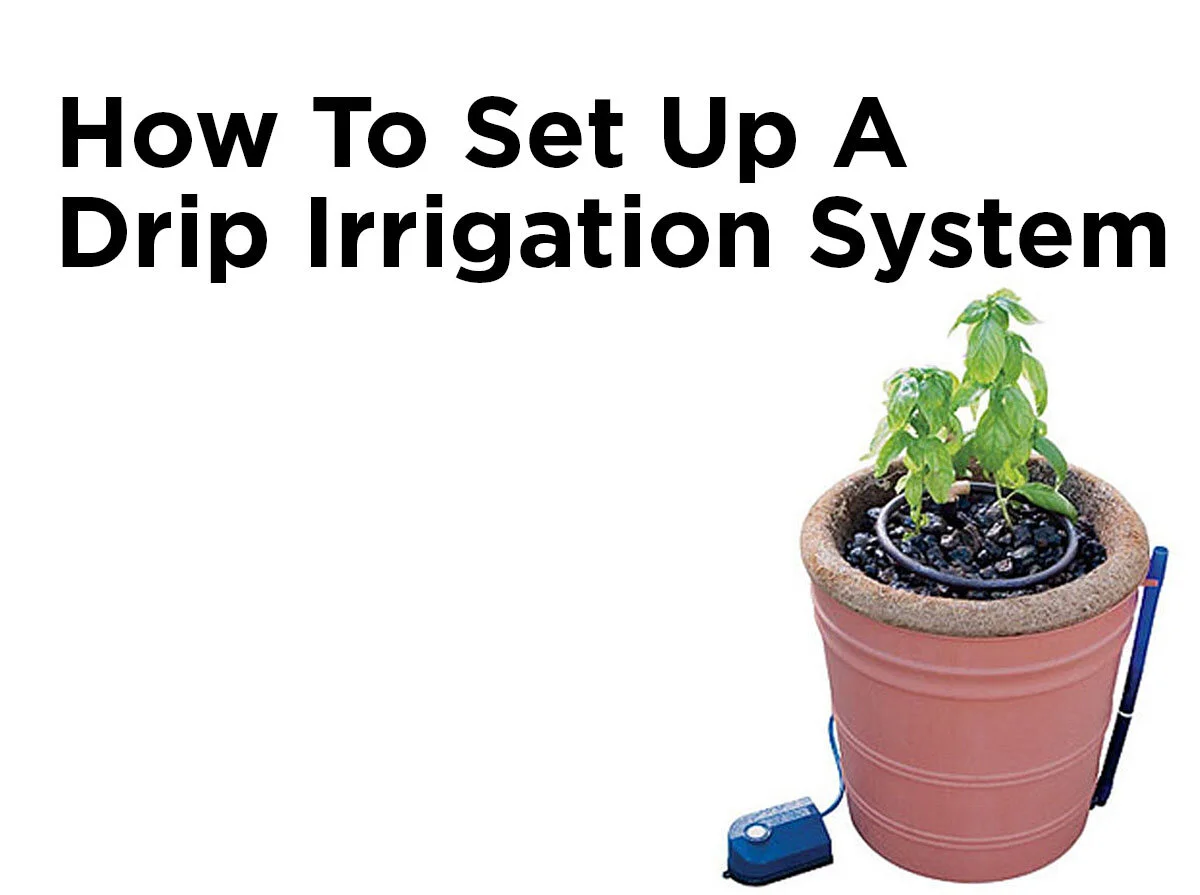What is Aquaponics?
Roughly two-thirds of the surface of this blue marble we call Earth is covered in water (ironically named isn’t it?) filled with all types of life. The nitrogen cycle we find in soil is replicated just as effectively within oceans and lakes, leading to plant life that is just as vibrant and healthy beneath the water as it is above. Humans have been working with this natural nitrogen-water cycle, and the relationship between fish and plants, to create more sustainable farms throughout history, but the Earth has done it for far longer. Growing techniques using water-based plants and nutrients from fish are known collectively as aquaponics.
How Does an Aquaponics System Work?
There are two parts to an aquaponics system: A fish tank and a hydroponics farm. However, you’ll find that just sticking some fish into your hydroponics reservoir isn’t the most effective method of raising fish and plants together. You’re missing an essential part of the cycle: bacteria. In an aquaponics system, the fish tank allows fish to grow and thrive, while the plants live off of the nutrients from the waste of the fish. However, they can’t gain nutrients directly from the fish waste. Similar to how organic matter must be composted and broken down into water-soluble nutrients, a similar process is necessary for fish waste to be useful for your plants.
In a fully functional aquaponics growing system, bacteria break down the waste and convert it into the base nutrients necessary for plant life. The plants then filter out the excess nitrogen and ammonia to maintain healthy living conditions for the fish, but only if nitrification bacteria are present to break down the ammonia and nitrites into nitrates, which are usable by the plants. All three of these elements (fish, plants, and bacteria) are necessary for a healthy and successful system.
What Are the Elements of an Aquaponics System?
Rearing Tank: Possibly the simplest part of your system, the rearing tank holds whatever aquatic life you’re raising. While this is typically fish meant for food, you can also house decorative fish, prawns, and snails. The rearing tank will have some method of transferring the waste water from the tank, usually a water pump to circulate the system.
Settling Basin: The in-between stage, known as a settling basin, allows uneaten food and detached bacterial biofilms from the fish tank to be filtered out of the water-cycle.
Biofilter: The biofilter is where bacteria live, converting ammonia from the fish waste into nitrates for the plants to feed on. In smaller systems, this can simply be amongst the roots of the plants, or the floor of the tank, rather than a specific filter.
Hydroponics Subsystem: Whatever system you use, the hydroponics system is where your plants are fed and grown. Since it’s a separate element, many different types of systems can be used. Some of the more common types for aquaponics are DWC raft cultures, where the plants float on top of the aquaponics water; recirculation aquaponics, where the water is pumped into a more traditional system such as gravel or clay rocks; or more traditional grow media such as NFT and DWC techniques.
Sump: The final stage of a full aquaponics system is known as a sump. This is the lowest point of a system, where waste water flows to before being filtered and pumped back to the rearing tank.
It should be mentioned that smaller-scale systems don’t always need every single component to be a separate installation. A single container system can work just fine with a couple of fish and a tray or floater on top of the water. Smaller scale systems with few fish only need a little maintenance and a regular refreshing of water, while large scale systems require more care and maintenance due to the strain put on such a small space.
We’d love to hear about your successes with this system, so tell us about it (or ask a few more questions for clarification) in the comments below! As always, you can follow us online for updates, news, or insider tips in both lighting and hydroponics through our social media at Facebook, Twitter, LinkedIn, Pinterest, or Instagram!







